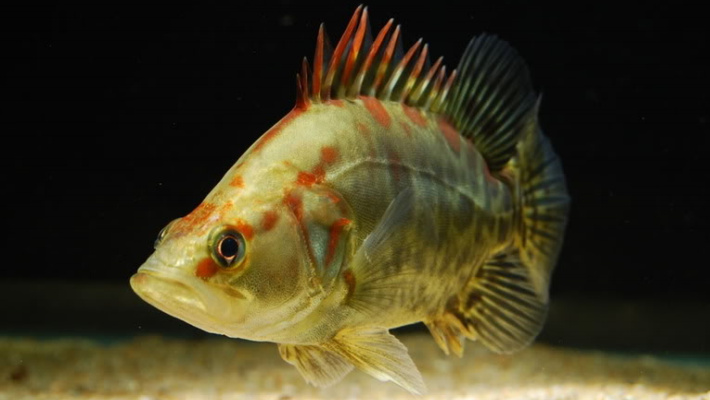|
The
chironomid larvae are widely recognized as an important food for many fish and
cultured invertebrates, such as crustaceans (Armitage,
1995; Tidwell et al., 1997). This food, used in vivo, in frozen and in dry, is an excellent source of protein, lipid,
vitamins and minerals (e.g., Czeczuga & Gierasimow, 1973; De La Noűe & Choubert,
1985; Habib et al., 1997, Bogut et al., 2007, Kara, 2013). This food is characterized
by the relatively high protein content (up to 56%), the high digestibility (De La Noűe & Choubert, 1985) and the high energy
content.
Crude protein, fat, water, ash, dry matter, essential
amino acids and fatty acids are analyzed from freshly collected Chironomus plumosus larvae in order to
evaluate their suitability as the components for farmed fish diet (Bogut et
al., 2007). Crude
protein content are 7,6 % and 55,7 % in fresh larvae and dry matter,
respectively, being adequate for growth needs of all freshwater fish sorts and
categories. Phenylalanine (2,76 % of dry weight), leucine (2,49 %)
and lysine (2,48 %) are most abandant among essential amino acids. In sum,
essential amino acids in C. plumosus
larvae are present in quantities adequate for feeding majority of omnivorous
and carnivorous freshwater fish species (Bogut et al., 2007).
The content of free amino acids
in larvae of C. annularius
is studied by Czeczuga &
Gierasimow (1973). Aspartic acid is found in the largest amounts, 6,17 g % of dry mass, the next are such amino
acids as glutamic acid (5,04 g %), leucine together
with isoleucine (4,86 %) and alanine (4,58 g %). Habib et al. (1997) have
studied 14 species of chironomid larvae, with the dominance of Chironomus javanus, grown in algal culture,
Chlorella vulgaris. Glutamic acid
(9,44 % of total acids), aspartic acid, glycine
and alanine are most abundant than other amino acids.
In C. plumosus,
crude fat content are 1,3 % and 9,7 % in fresh larvae and dry matter,
respectively, being energetically sufficient for all warm water living fish (Bogut
et al., 2007). The crude fat contains
26,12 % saturated, 30,42 % monounsaturated and 34.03 % polyunsaturated fatty
acids. In general, chironomid larvae contain more amounts of unsaturated fatty
acids (Habib et al.,
1997) that is needed for normal growth of freshwater fish and prawn fry.
Basic References
Armitage
P.D. 1995. Chironomidae as food. The Chironomidae: biology and ecology of
non-biting midges. Armitage P.D., Cranston P.S., Pinder L.C.V. (Editors.). Chapman
and Hall, London,
423-435
Bogut I., Has-Schon E., Adamek Z., Rajković V., Galović
D. 2007. Chironomus
plumosus larvae as suitable nutrient for freshwater farmed
fish. Poljoprivreda 13, 159-162
Czeczuga B., Gierasimow
M. 1973. Investigations
on protein amino acids
in the larvae of Chironomus annularius Meig (Diptera - Chironomidae). Hydrobiologia 41, 241-246 de La Noüe J.,
Choubert G. 1985. Apparent
digestibility of invertebrate biomasses by rainbow trout. Aquaculture 50, 103-112 Habib
M.A.B., Yossuf F.M., Phang S.M., Ang K.J., Mohamed S. 1997. Nutritional values
of chironimid larvae grown in palm oil mill effluent and algal culture. Aquaculture 158, 95-105
Kara T.
2013. Seasonal variation of vitamin and sterol content of chironomidae larvae. Pakistan
Journal of Biological Science 16, 1579-1583
Tidwell J.H.,
Schulmeister C.M., Coyle S. 1997. Growth, survival, and biochemical composition
of freshwater prawns Macrobrachium
rosenbergii fed natural food organisms under controlled conditions. Journal of the World Aquaculture Society 28, 123-132
|








 SUBSCRIBE
SUBSCRIBE


